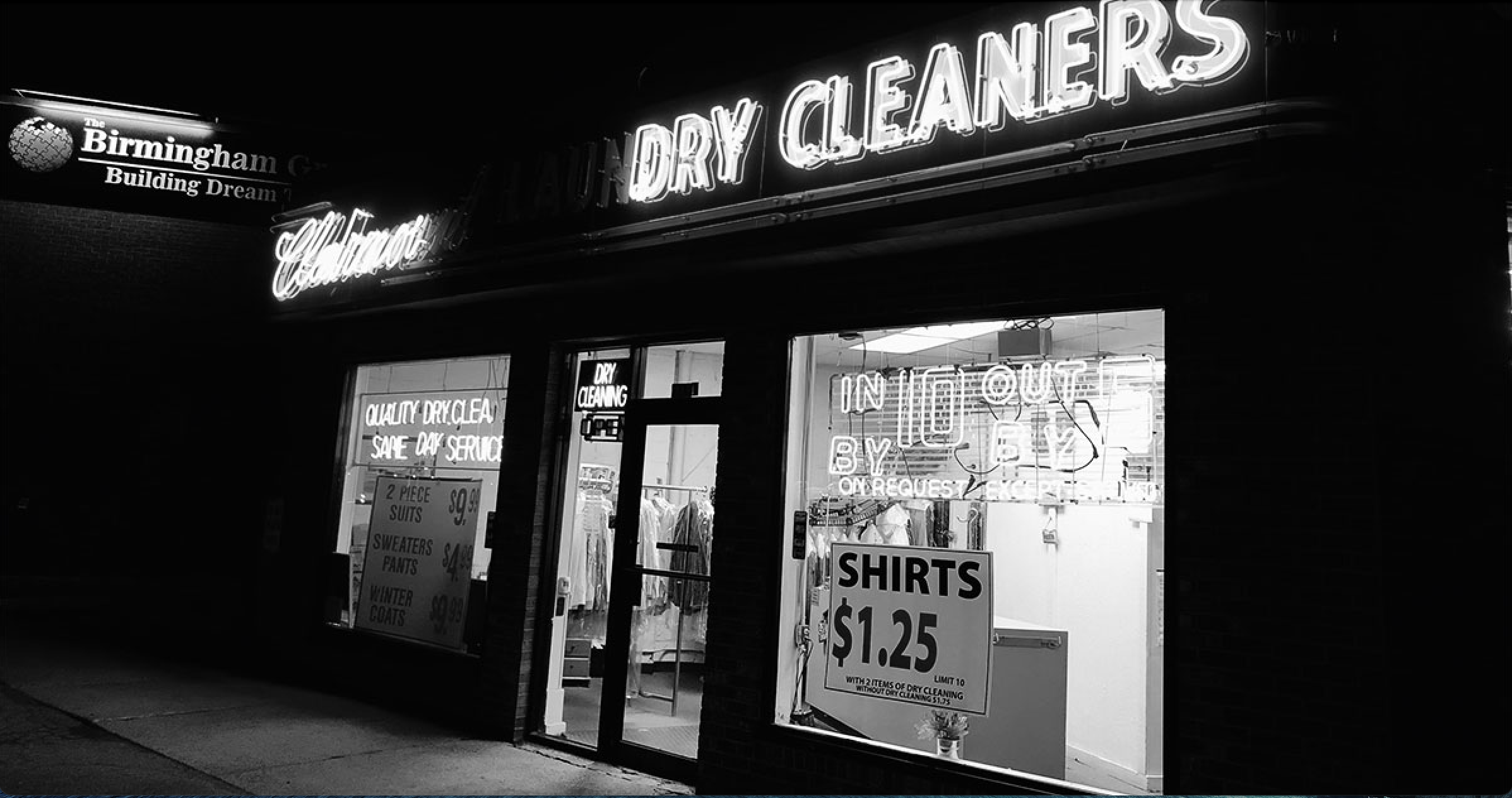Examining the Crucial Function of Cleaning Fluids in the Dry Cleaning Procedure
Wiki Article
Arid laundering is a specific cleaning method that uses solvents instead of water to eliminate grime and blemishes from textiles. This approach is especially beneficial for articles that cannot be be cleaned in a standard laundry machine, such as fragile clothes, attire, and furniture coverings. The chemicals used in dry cleaning serve an essential role in effectively breaking down stains and removing oils without damaging the material. Understanding the function of these chemicals aids to value the art behind dry cleaning and its significance in maintaining the quality of various textiles.
One of the commonly common solvents used in dry cleaning is perchloroethylene, often referred to as "perc." This solvent is efficient because it has a high ability to dissolve grease and fat, making it perfect for removing tough stains from apparel. However, it is not the sole chemical on the market. Other substitutes, such as hydrocarbon solvents and silicone solvents, have emerged in recent years. These newer solvents are often less severe on fabrics and may be more eco friendly. The selection of chemical relies on the particular type of material being treated and the type of the stains found.

The procedure of dry cleaning includes several phases, starting with a thorough inspection of the clothing. Cleaning experts check for marks, tears, or embellishments that may require particular attention. After this, the item is put in a dry cleaning machine, which resembles a standard laundry machine but is constructed to handle solvents. The chemical is employed to wash the clothes, while the machine mixes softly to ensure that the solvent penetrates the fibers of the material. This step is crucial, as it enables the chemical to lift and dissolve the dirt and oil, resulting in the item fresh and clean.
After the washing procedure, the garments are dehydrated in a regulated environment where the chemical disappears. This stage is vital because it prevents any remnants from remaining on the fabric, which could result to damage or discoloration. Once dehydrated, the items undergo a finishing procedure where they are pressed and shaped back to their initial form. This attention to specifics is what renders dry cleaning a favored approach for maintaining the look and durability of delicate materials.
In conclusion, solvents are a key part of the dry cleaning process, acting to eliminate stains and preserve the quality of various fabrics. The use of various types of solvents enables for flexibility and effectiveness in treating various materials. As innovation advances, the industry keeps to explore new chemical choices that prioritize both cleaning efficiency and environmental safety. Comprehending the function of solvents aids consumers take knowledgeable blog link decisions about how to care for their clothing and why dry cleaning is a worthwhile service.